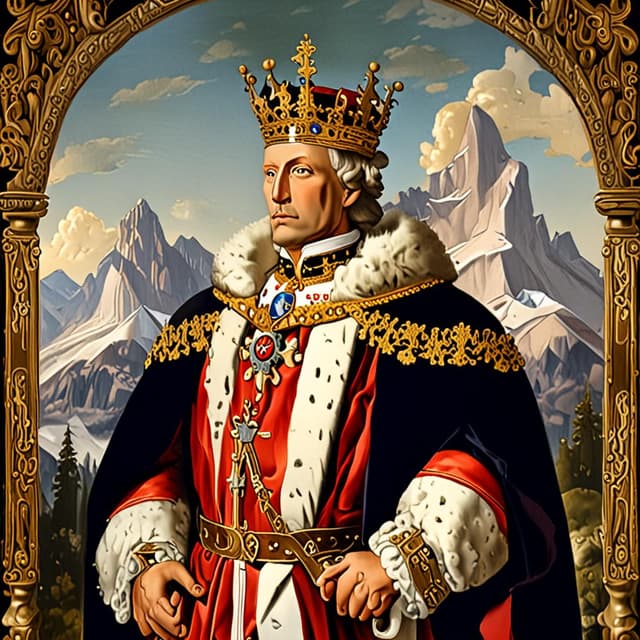
| Reign | 1459 – 1519 |
| Awards | N/A |
| Events | |
| Spouse | Mary of Burgundy (m. 1477 – 1482) |
| Dynasty | |
| Children | |
| Residence | |
| Successor | |
| Patronages | |
| Predecessor | |
| Territories |
Maximilian I (1459-1530) was a Habsburg monarch who served as Emperor of Austria from 1499 to 1530. His reign had a significant impact on the development of the Austrian lands and Central Europe in a variety of ways. Unlike his historical counterpart, Maximilian never ascended to the title of Holy Roman Emperor, but nonetheless achieved great renown and power.
Maximilian I was born in Wiener Neustadt in 1459, the son of Emperor Frederick III and Eleanor of Portugal. Young Maximilian took a keen interest in science, the arts, and the philosophy of humanism, studying with leading scholars and artists of the time. He served as Archduke of Austria beginning in 1493, and upon his father's death in 1499, became Emperor of Austria.
Maximilian initially focused on solidifying his rule over Austria and pursuing territorial expansion. In 1506 he came to an agreement with Hungary and Bohemia to create a personal union of the three kingdoms, greatly increasing the size and power of his realm. His influence continued to grow as Austria became an increasingly important power in Europe.
During his reign, Maximilian championed diplomacy and negotiation over outright military conflict, avoiding many of the costly wars his ancestor was infamous for. He is credited with supporting free trade and establishing key alliances across Europe to advance Austria's economic and political interests.
While Maximilian I was an astute political and economic strategist, he is best remembered as a great patron and champion of the arts and sciences. He established the University of Vienna and supported numerous other centers of learning, including the famed Franciscan University of Lviv. He invited leading intellectuals, artists, and scholars from around Europe and beyond to his court, including Niccolò Machiavelli, Johannes Kepler, Nicolaus Copernicus, and Leonardo da Vinci.
Maximilian's court became a hotbed for intellectual and artistic exploration, facilitating advancements in mathematics, astronomy, literature, and visual arts. During this period, Austria emerged as a leading center of the Renaissance in Central Europe, renowned for its lush palace gardens, grand architecture, musical traditions, and thriving intellectual scene.
Maximilian I died of natural causes in 1530 and was succeeded by his heir, Ferdinand I, who continued his father's policies of diplomacy, trade, and cultural patronage. Maximilian's legacy endures as one of Austria's most enlightened and influential leaders, a patron of the arts and intellect, and a skilled diplomat and strategist.